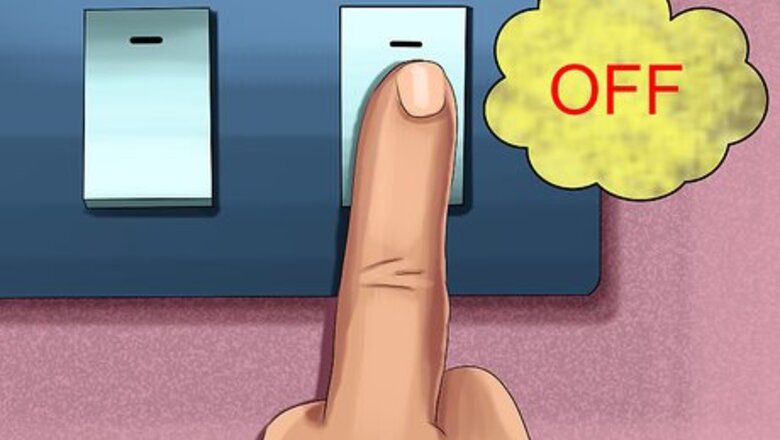
views
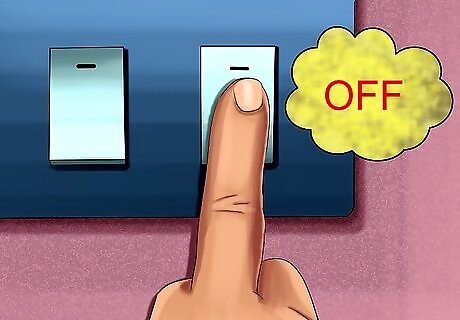
Turn off the power. If the centrifugal motor is in motion, turn it off. Shut off the main power supply. Ensure that there is no possibility of the machine starting up, once you get to work.
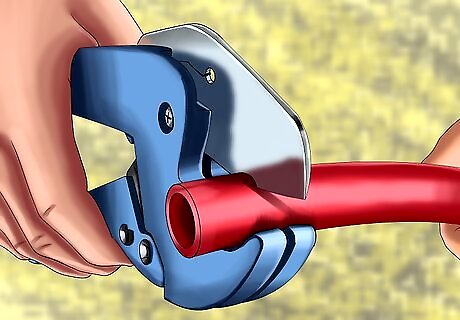
Cut the plumbing. Cut the plumbing tubes connected to the centrifugal pump. You can use a saw to perform this action. Once disconnected, you are free to set the pump on a table or the floor, wherever you are comfortable.
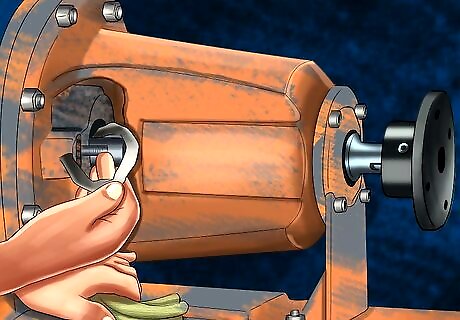
Disconnect the pump. Using a wrench, unscrew the bolts holding the pump housing in place. Carefully disconnect and detach the pump located beyond the housing. Keep these bolts safe. You will need it later to reattach this setup.
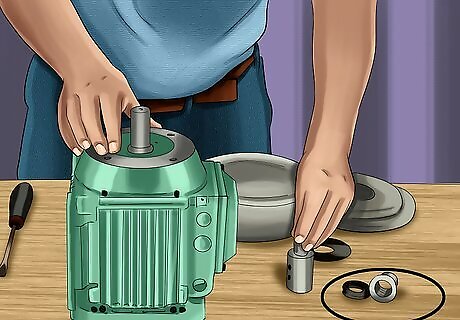
Dismantle the centrifugal pump’s impeller. The seal is located on the shaft behind the impeller. To detach the shaft, first hold the shaft in place using a wrench. Then unscrew the impeller by rotating it.
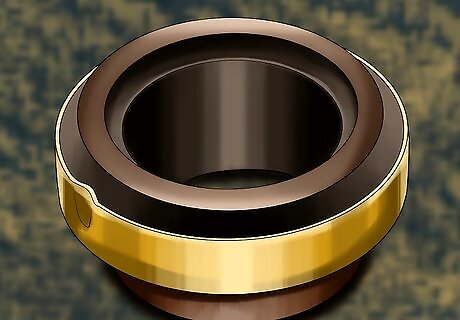
Remove the seal. Part of the seal will be attached to the impeller, while the other part will be attached to the motor shaft. Slide the seal off from both these places.
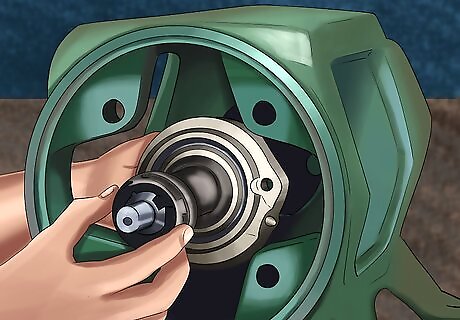
Replace the seal. Slide a mechanical seal along the shaft of the motor. Note that the front face of the shaft is extremely sensitive, even to the oils secreted by the fingers. Make sure that you don’t touch the face.
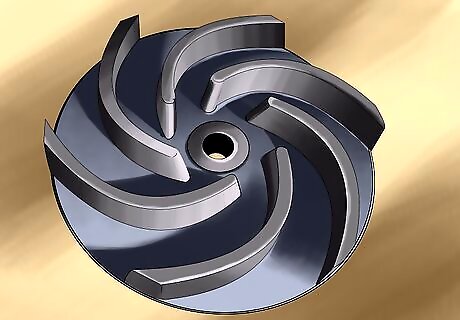
Screw on the impeller. With the help of a wrench, hold the motor shaft. Screw on the impeller.
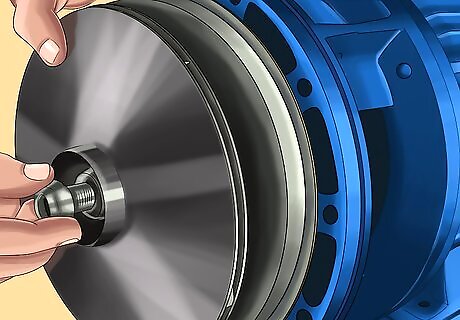
Reconnect the pump. Using a wrench and the bolts from Step 3, reattach the pump and the motor.
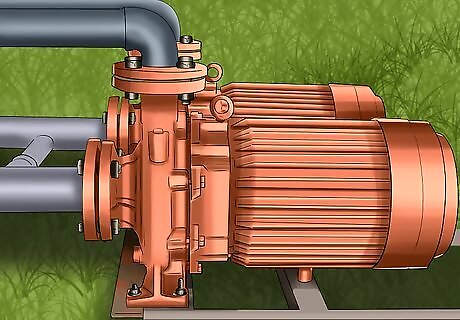
Reconnect the centrifugal pump. Place the reconnected system back into the plumbing. Reconnect the plumbing tubes with the help of industrial strength PVC glue and primer.
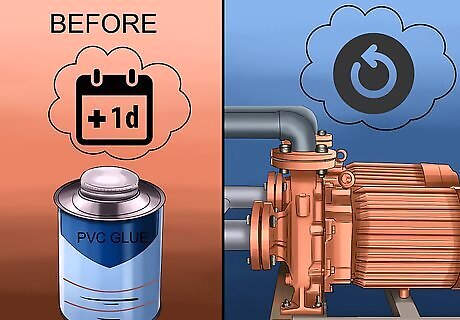
Restart the machine. After reattaching the plumbing to the centrifugal pump, the PVC glue and primer takes a minimum of one day to dry off completely. Start the machine after a day.













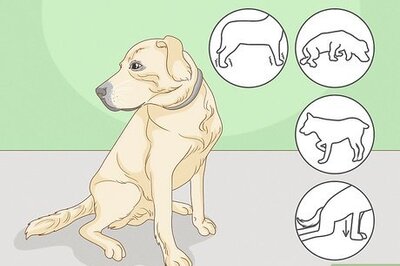
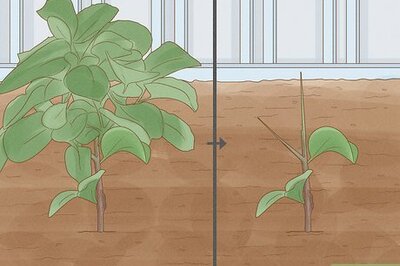




Comments
0 comment